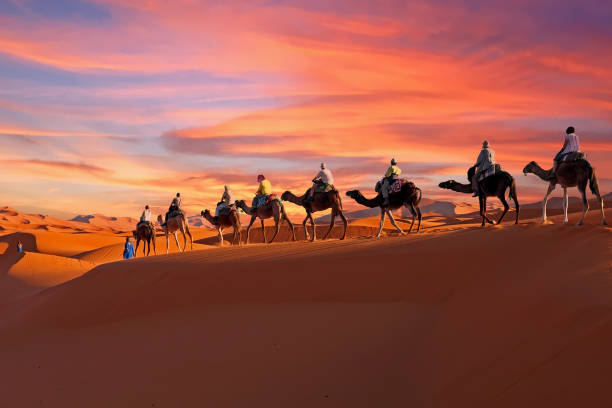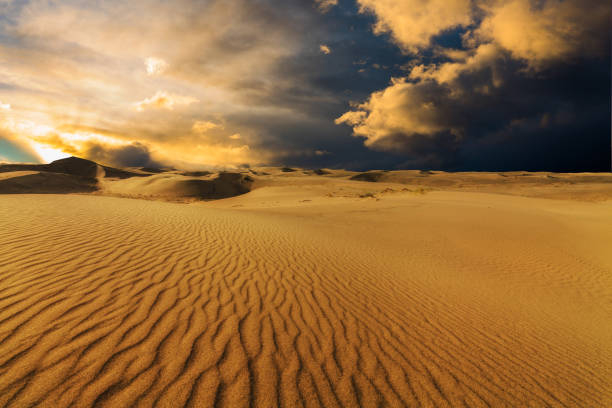Sahara Desert, Africa
The Sahara Desert, which covers much of northern Africa (about 3.6 million square miles), is the world's third-biggest desert and the largest hot desert. Most people envision the gorgeous sand dunes of the Sahara Desert, but this is only a small piece of what is available in that region of Africa. In Africa, there are two basic types of landscapes: dryland and wet land. In West Africa, the territory is known as the Hamada, and it is mostly made up of rocky plateaus, whereas the remainder of the continent is known as the Sahel. Small pockets of green grassy terrain, desert shrubs, rugged cliffs, snow-capped mountains, and salt flats can be found.
The Sahara Desert supports a diverse range of vegetation and wildlife. It contains foxes, which are found throughout the Sahara. Around 2800 vascular plant species make up the Saharan flora. About a fifth of these are endemic. Approximately half of these species are found in the Arabian desert vegetation.
The middle Sahara is believed to have 500 plant species, which is incredibly low given the vastness of the area. Acacia trees, palms, succulents, spiny shrubs, and grasses have adapted to arid conditions by growing lower to avoid water loss due to strong winds, storing water in their thick stems to use during dry periods, having long roots that travel horizontally to reach the maximum area of water and find any surface moisture, and having small thick leaves or needles to prevent water loss due to evapotranspiration. Plant leaves can completely dry out and then recover.
Human activities are more likely to have an impact on the habitat in locations where there is permanent water (oases) or when water is near to the surface. Local demand on natural resources might be considerable here. Hunting for sustenance and leisure has significantly diminished the surviving populations of big animals. In recent years, development projects in Algeria and Tunisia have begun to use irrigated water drawn from subsurface aquifers. These projects frequently result in soil deterioration and salinization.

















